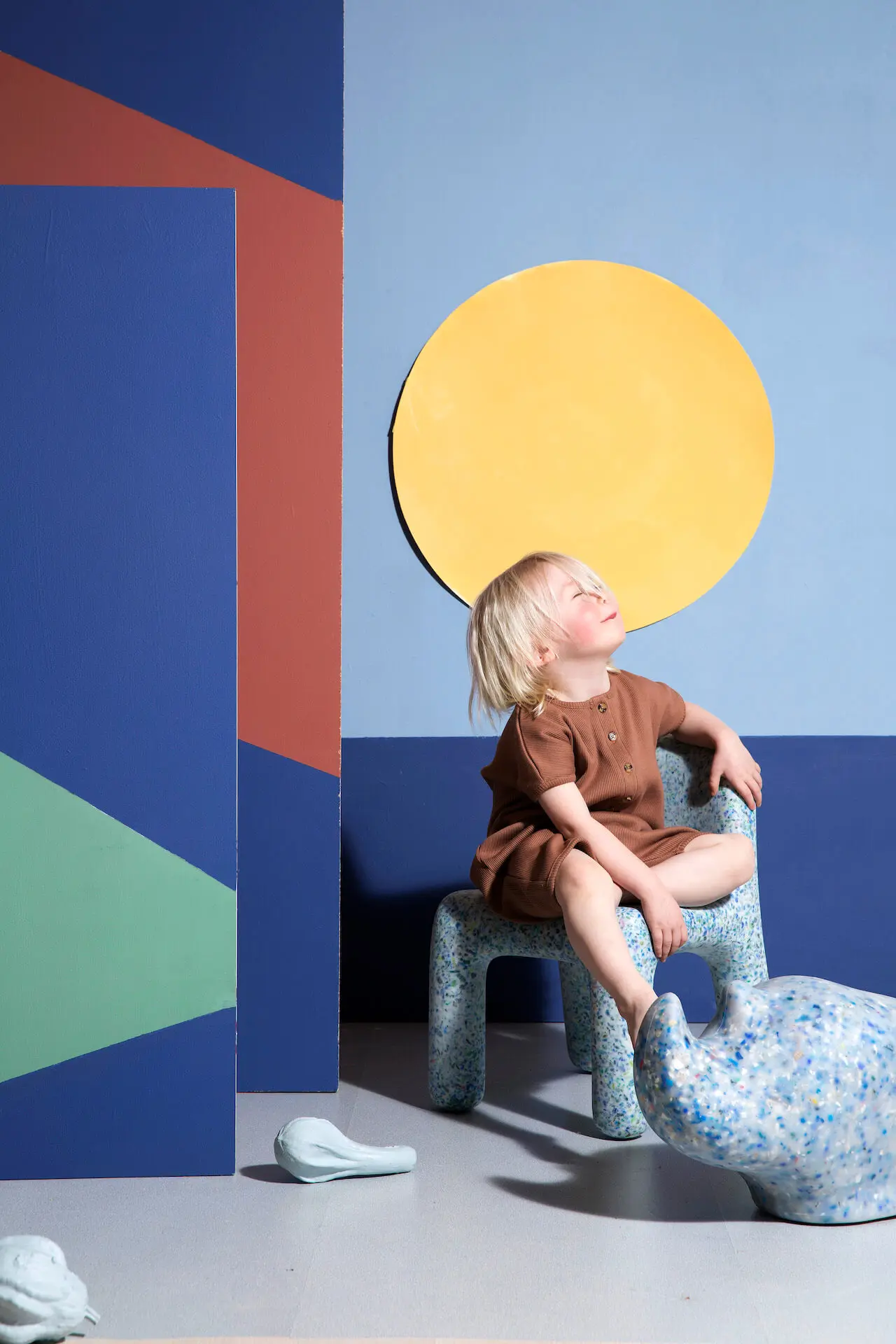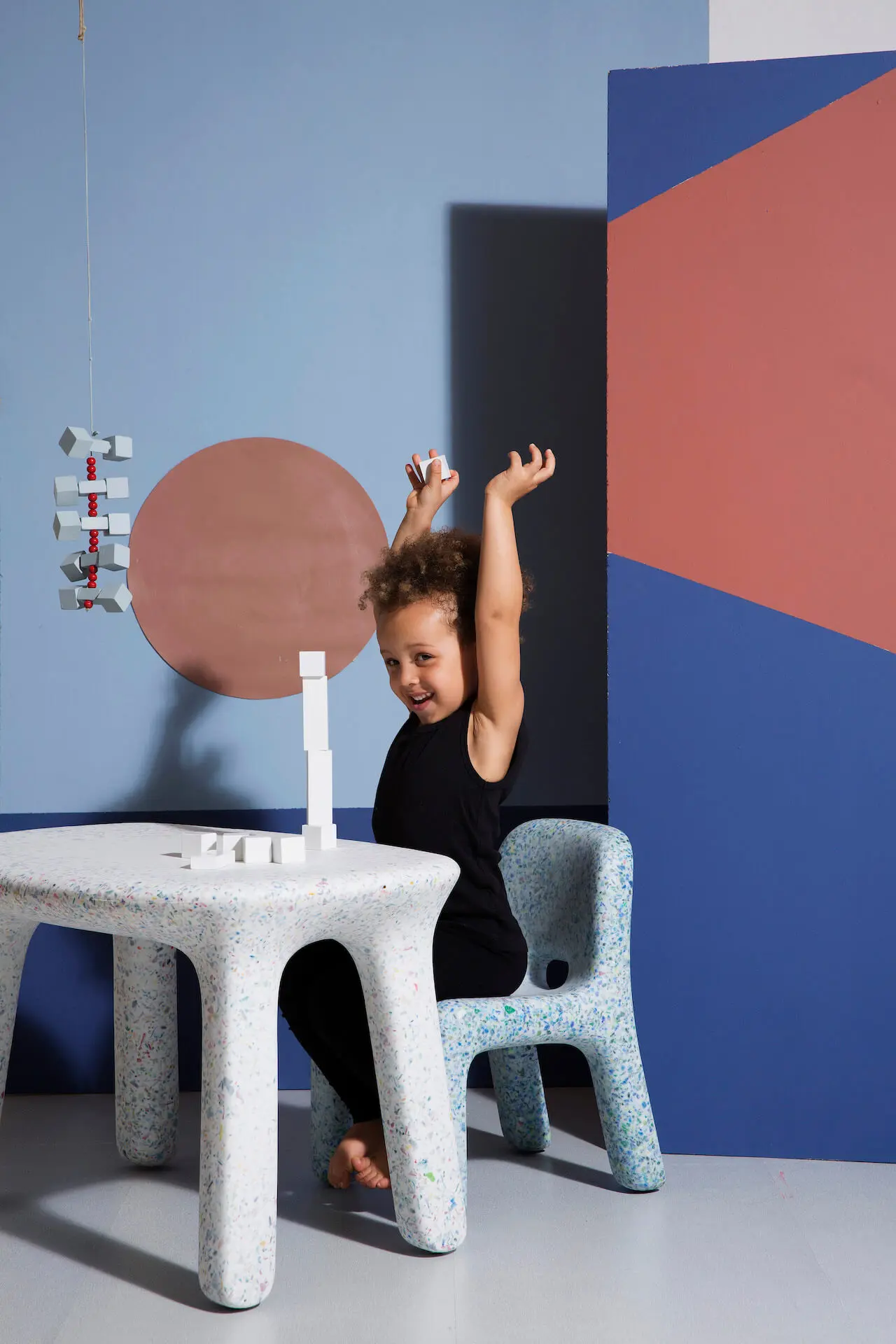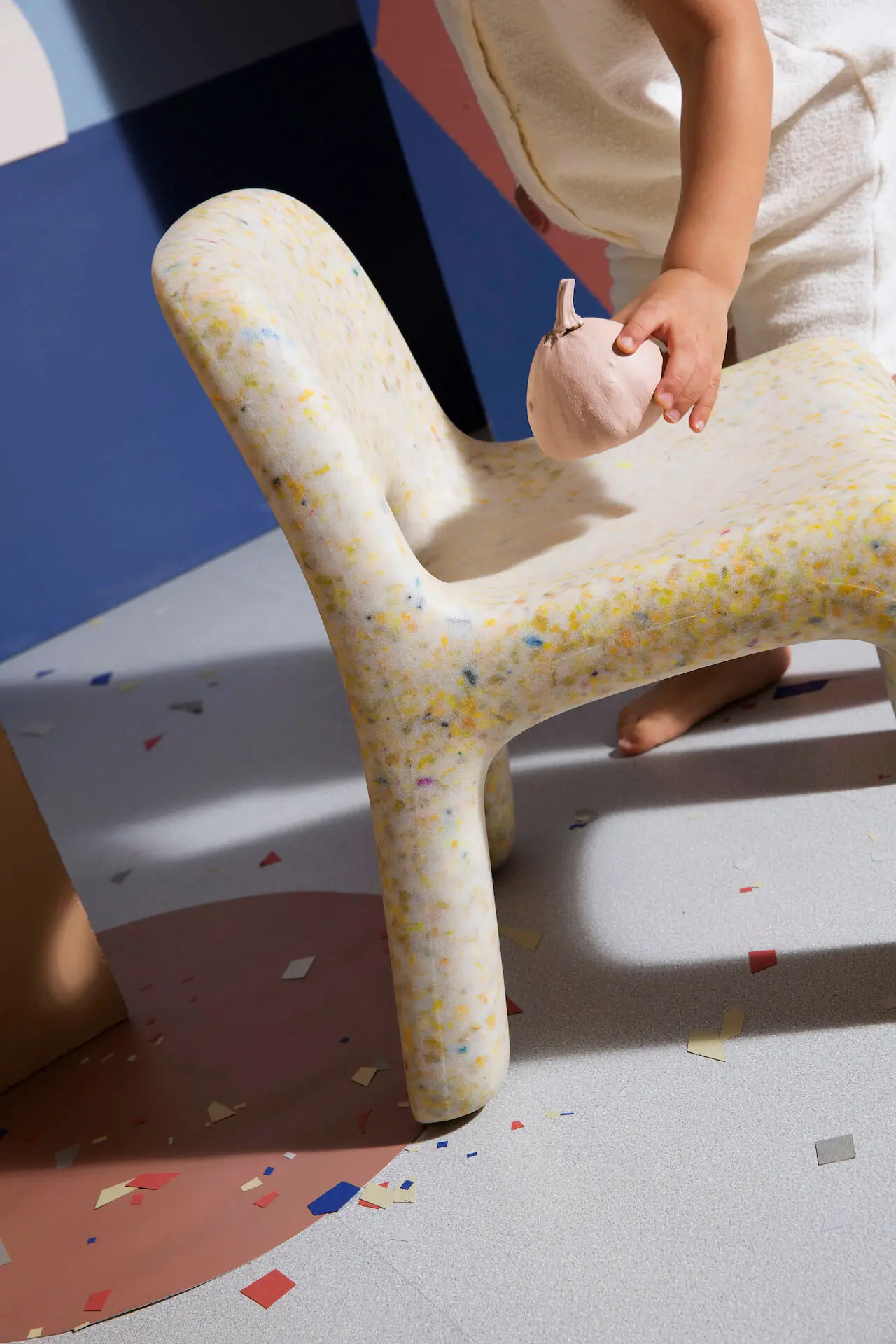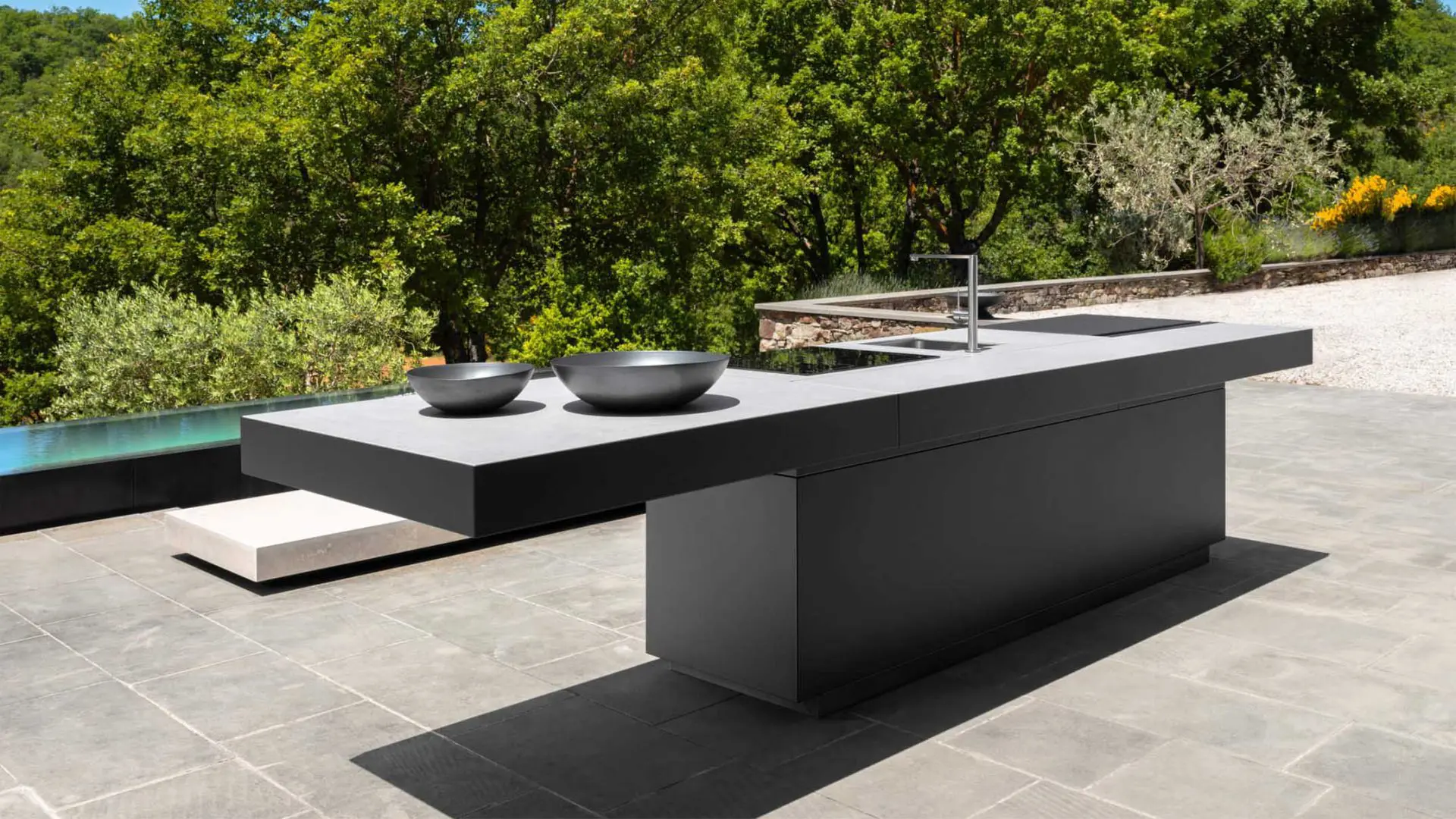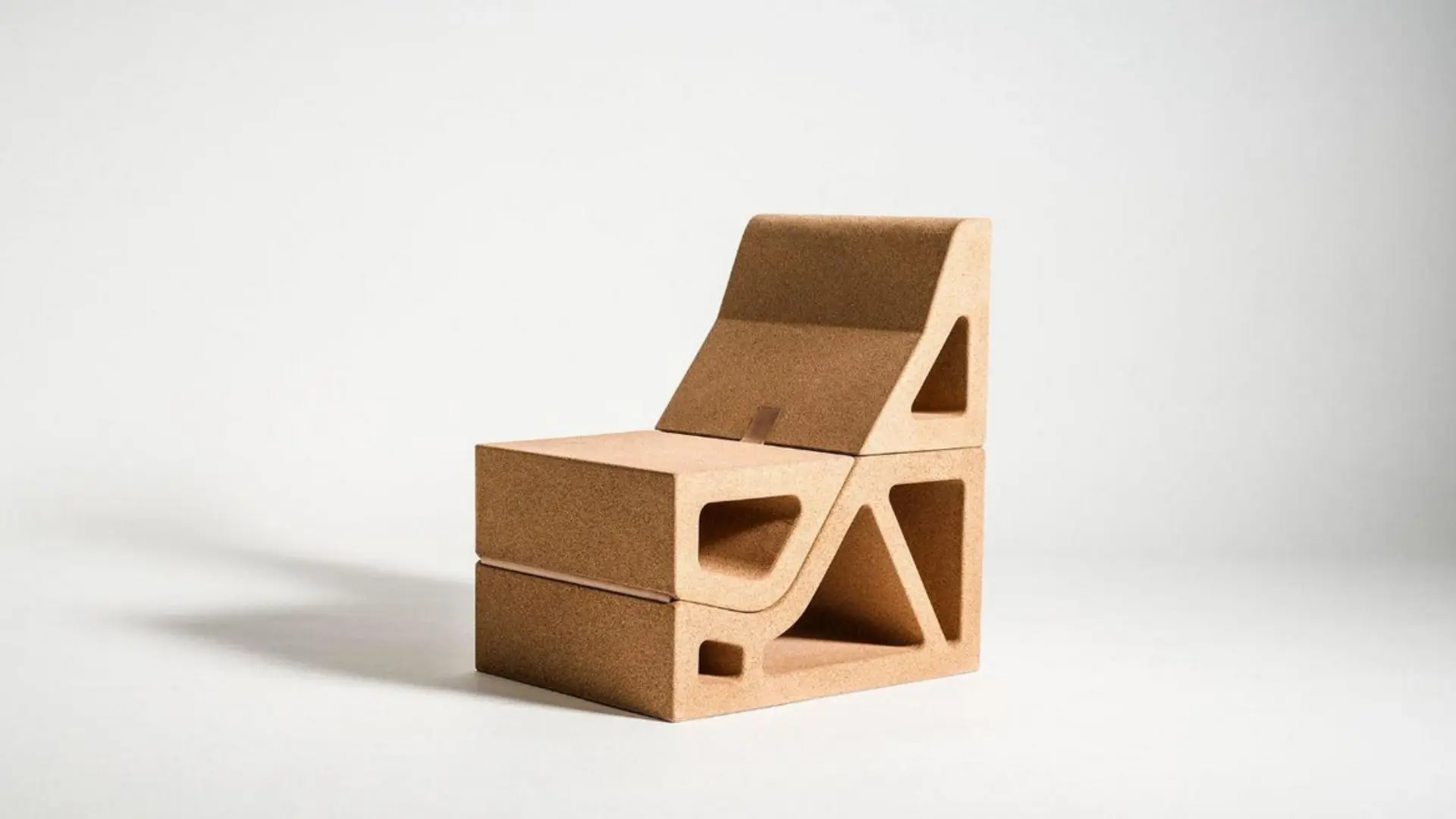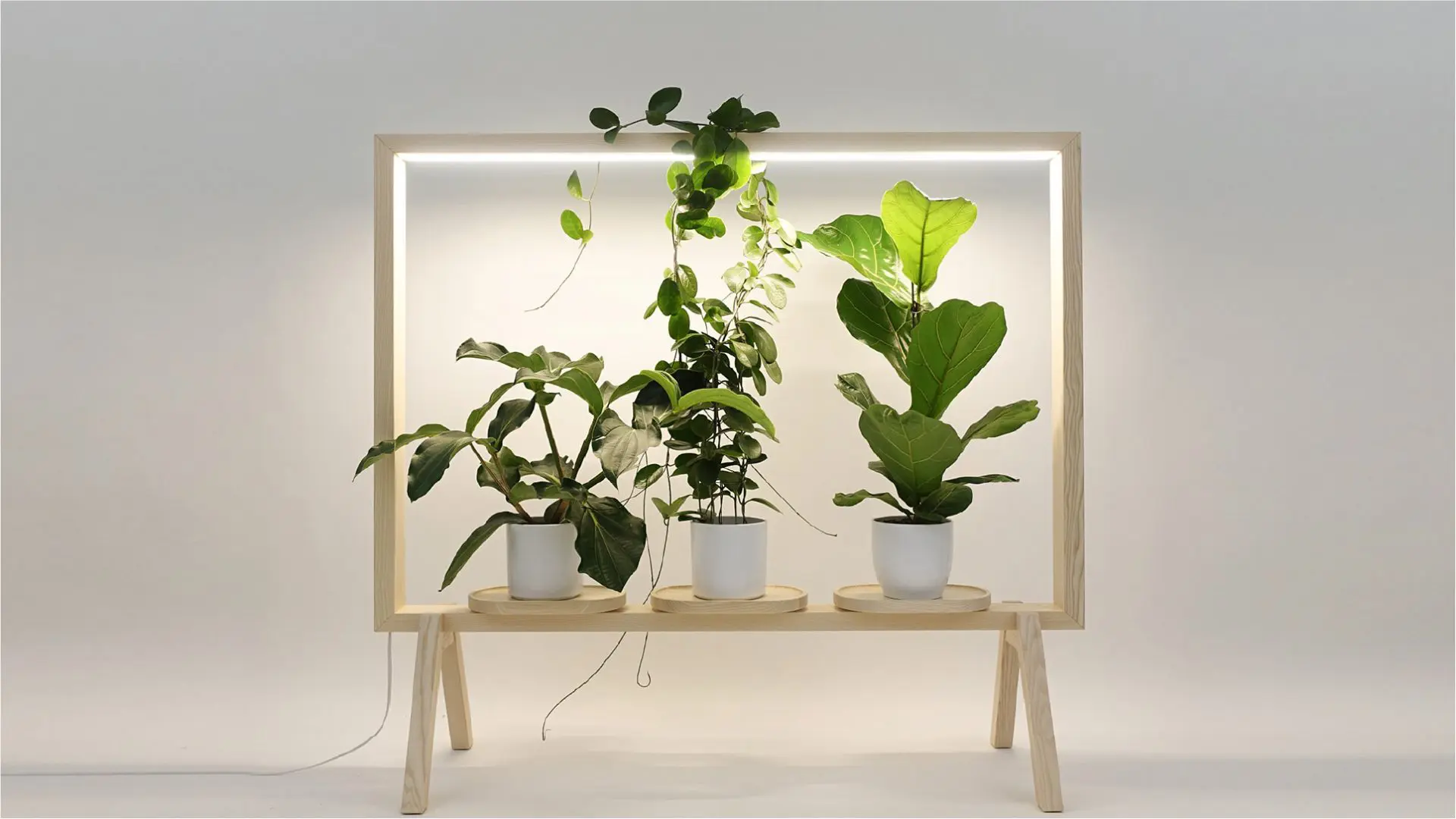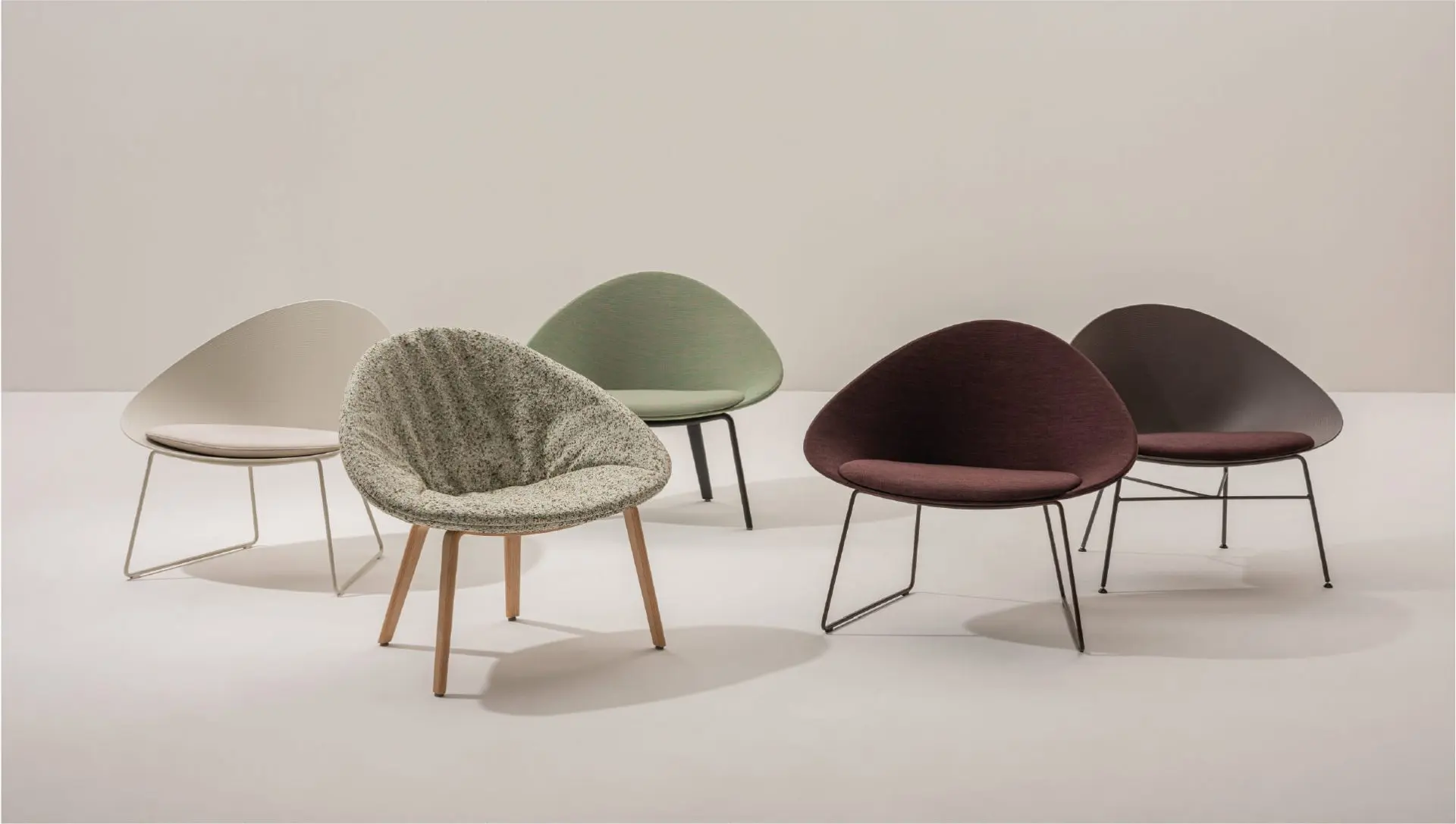Turning plastic toys into children furniture – Interview with ecoBirdy
Pushing to promote a circular economy for our future generations, ecoBirdy deeply investigated recycling & upcycling of plastic toys to create colourful and modern children furniture
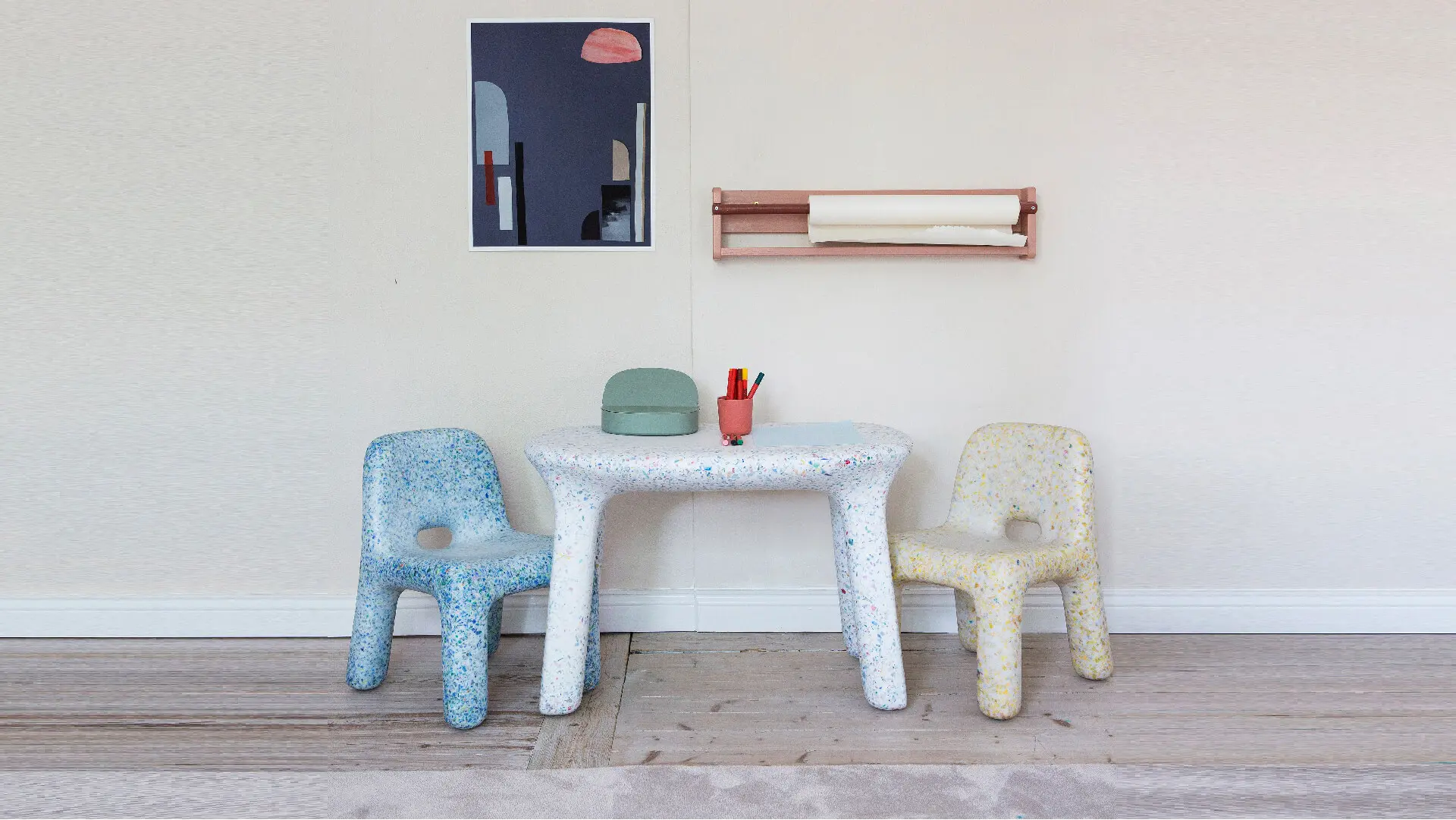
Starting out their careers in Milan, Vanessa Yuan, and Joris Vanbriel came together to launch their brand ecoBirdy as result of years of research and analysis on plastic as a material.
Encouraged by a strong sense of environmental responsibility, ecoBirdy’s mature designs are a representation of their extensive background knowledge on plastic production and its impact on our planet.
DesignWanted had the opportunity to interview the founders in order to get the complete story behind their products and understand the process behind their designs.
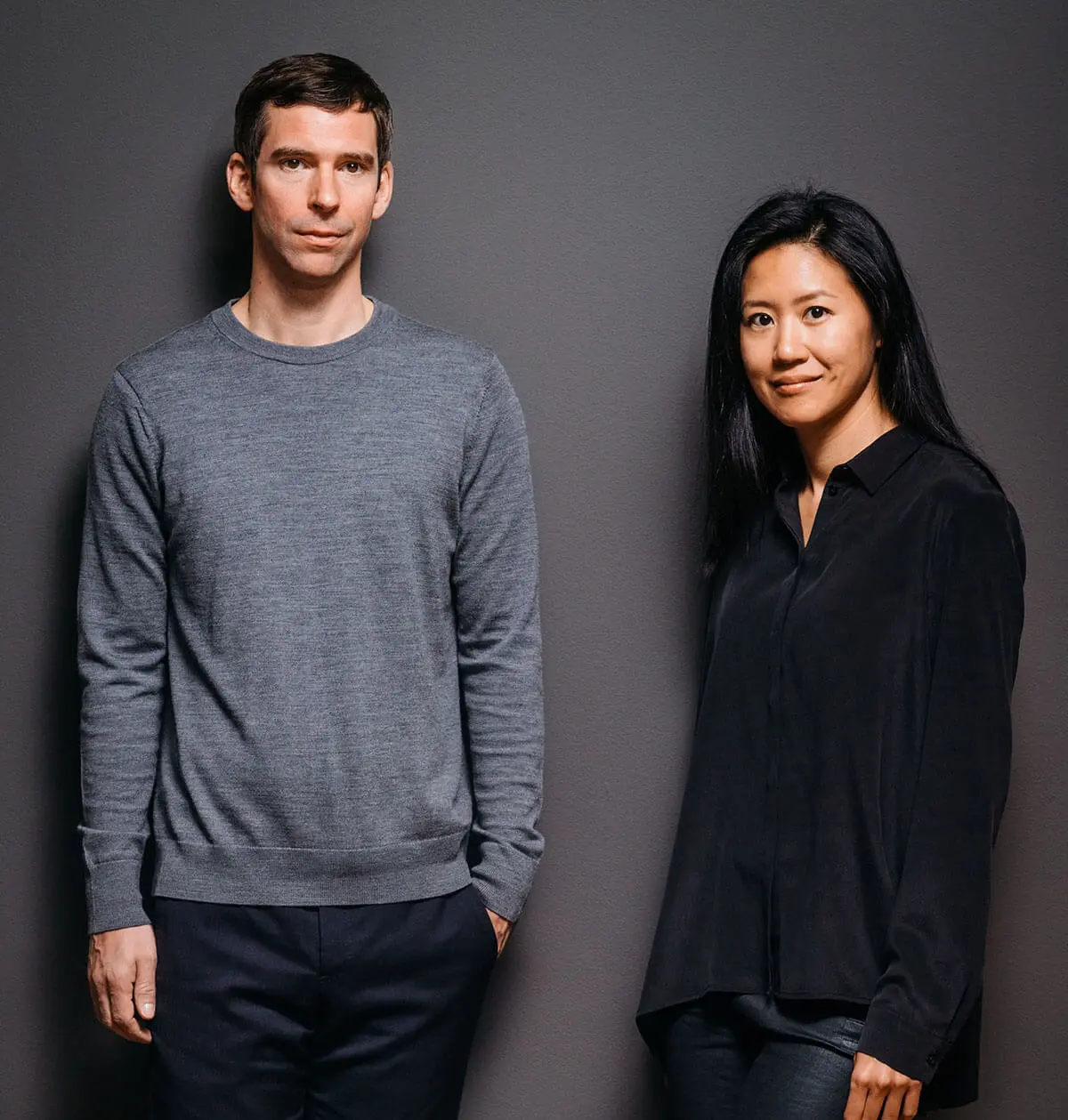
Who is behind ecoBirdy? How did your journey begin?
Vanessa Yuan and Joris Vanbriel:
“We both started our professional career in Milan (Italy), collaborating with different fashion and design studios.
This is also where we met the first time more than ten years ago. In 2011, we moved to Antwerp and started to work together, and since 2016 we manage our own design brand ecoBirdy.”
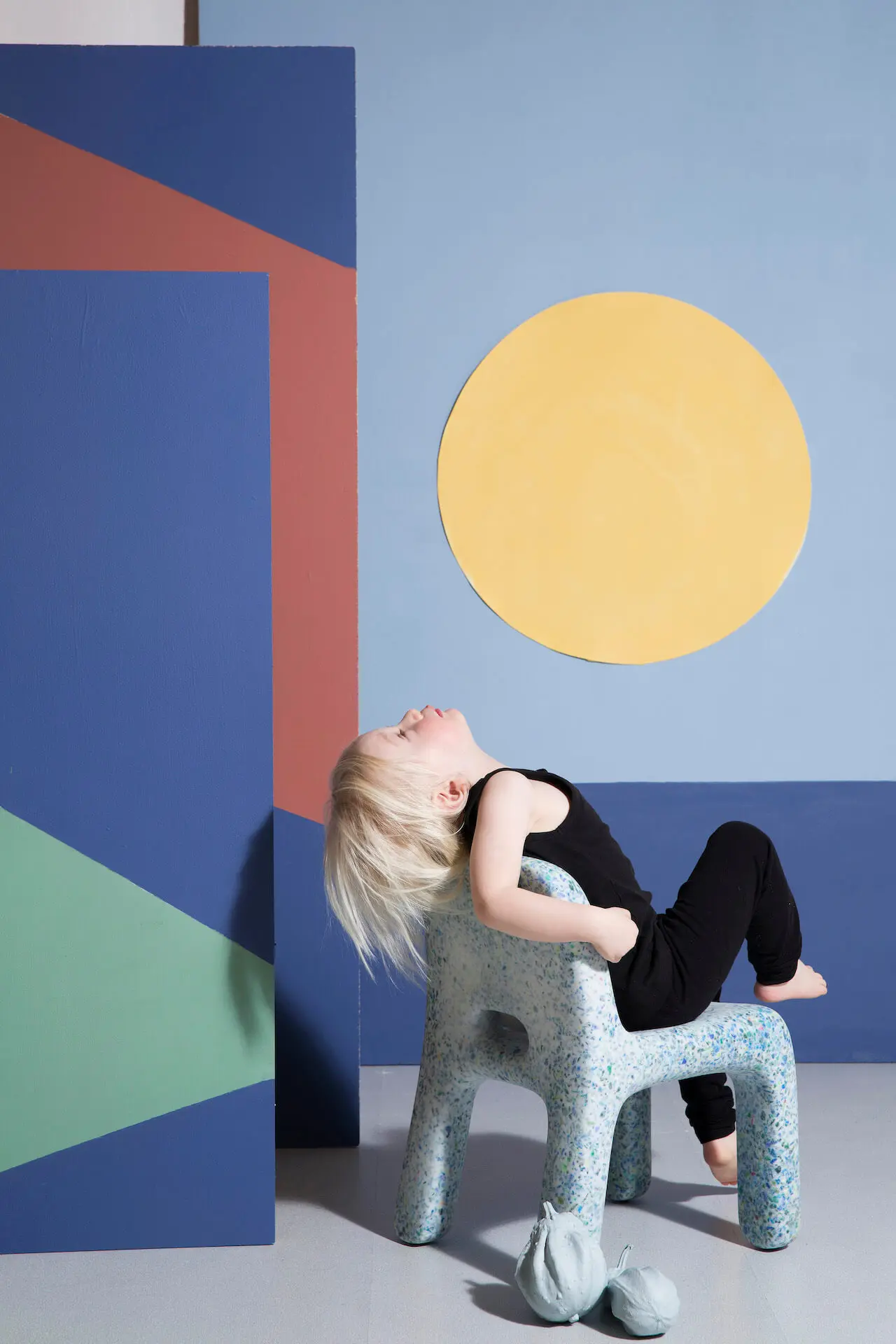
What attracted you to research plastic? Could you tell us more about the children furniture industry today and its impact on the environment?
Vanessa Yuan and Joris Vanbriel:
“Social and environmental responsibility always meant a lot to us, personally and professionally speaking! After years of working in the design and fashion industry we were questioning ourselves: why creating something new if so much good design already exist from the past?
With today’s environmental problems and climate change in mind, we wanted to create something appropriate for our world. ecoBirdy is the result of two years of very intense research and studies about plastic, plastic toys and it is recycling and upcycling.
During our research, we found out that plastic toys are among the most intensive users of plastic of all consumer goods. Children grow fast and their abilities and interests shift even faster, therefore toys are abandoned soon.
This was when we came up with the idea of giving these toys a new life, bringing them back to their children to stay for longer, and so introduce kids to the circular design concept.
We have worked a lot on the material and the design to find the perfect combination between aesthetic and comfort and make sure we can produce high-quality products that are 100% safe for kids.”
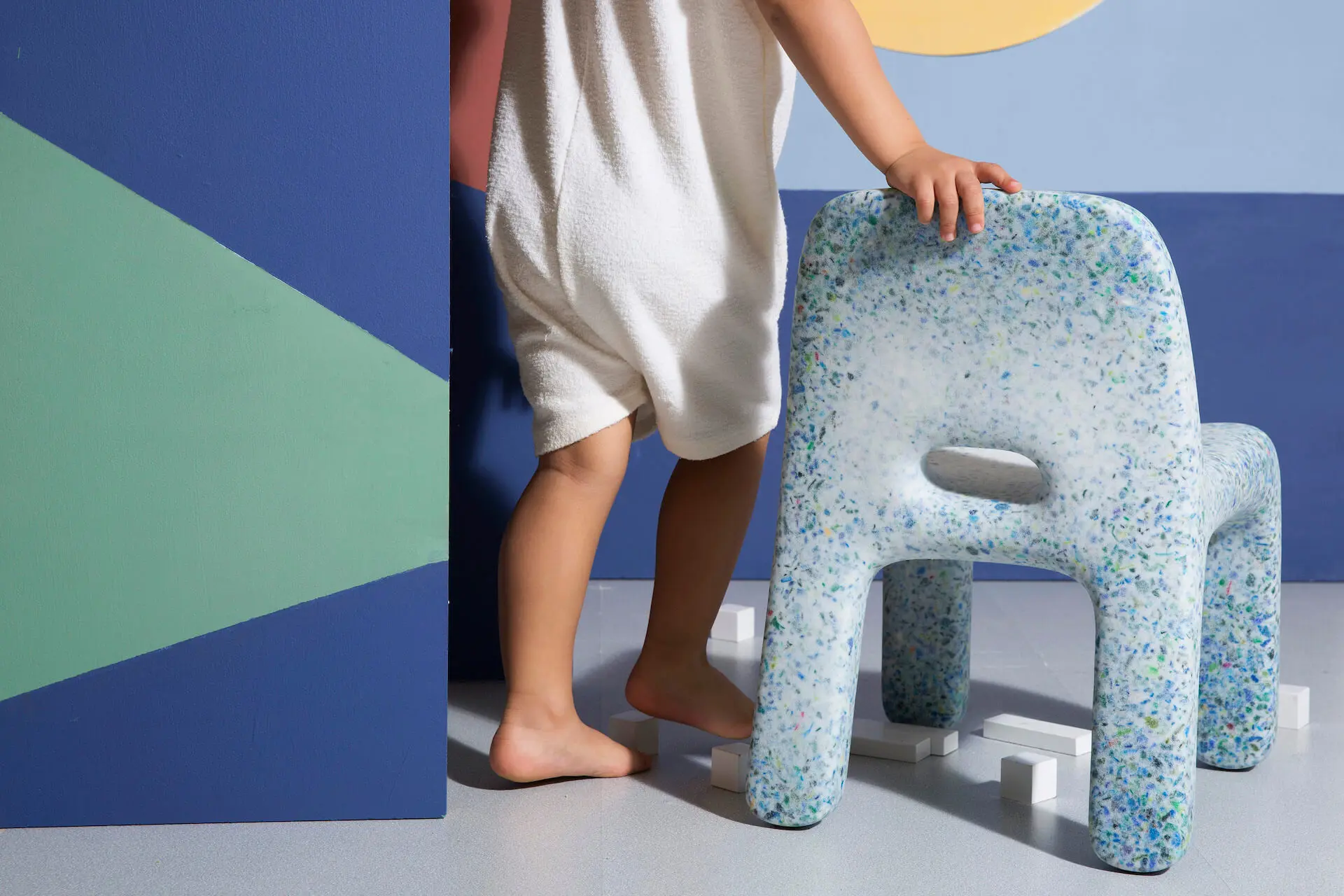
What inspired you to create solutions for plastic waste? How does our planet benefit
from these?
Vanessa Yuan and Joris Vanbriel:
“After seeing the shocking images of plastic waste polluting our ecosystems we felt responsible to take action. Especially as design professionals, we are able to create a new approach and contribute to a solution.
Further research taught us that most of discarded plastic products are not recycled. They end-up in land-fill, waste incineration or even worse in our oceans. This could evidence by hobby divers seeing plastic waste disrupt life in the sea.
Another important point is the perception of people toward products made of recycled plastic. The usual look for recycled plastic is greyish, dull-ish and not very attractive. Our aim was to change this and make something colourful out of the colourful plastic waste.
A better designed and more attractive product is more likely to be accepted and has a longer lifetime. Knowing that only a small percentage of new plastic products are made from recycled plastic made us motivated to increase this. Our planet will directly benefit if more plastic waste is processed and transformed it into long-lasting products. This is our goal.”
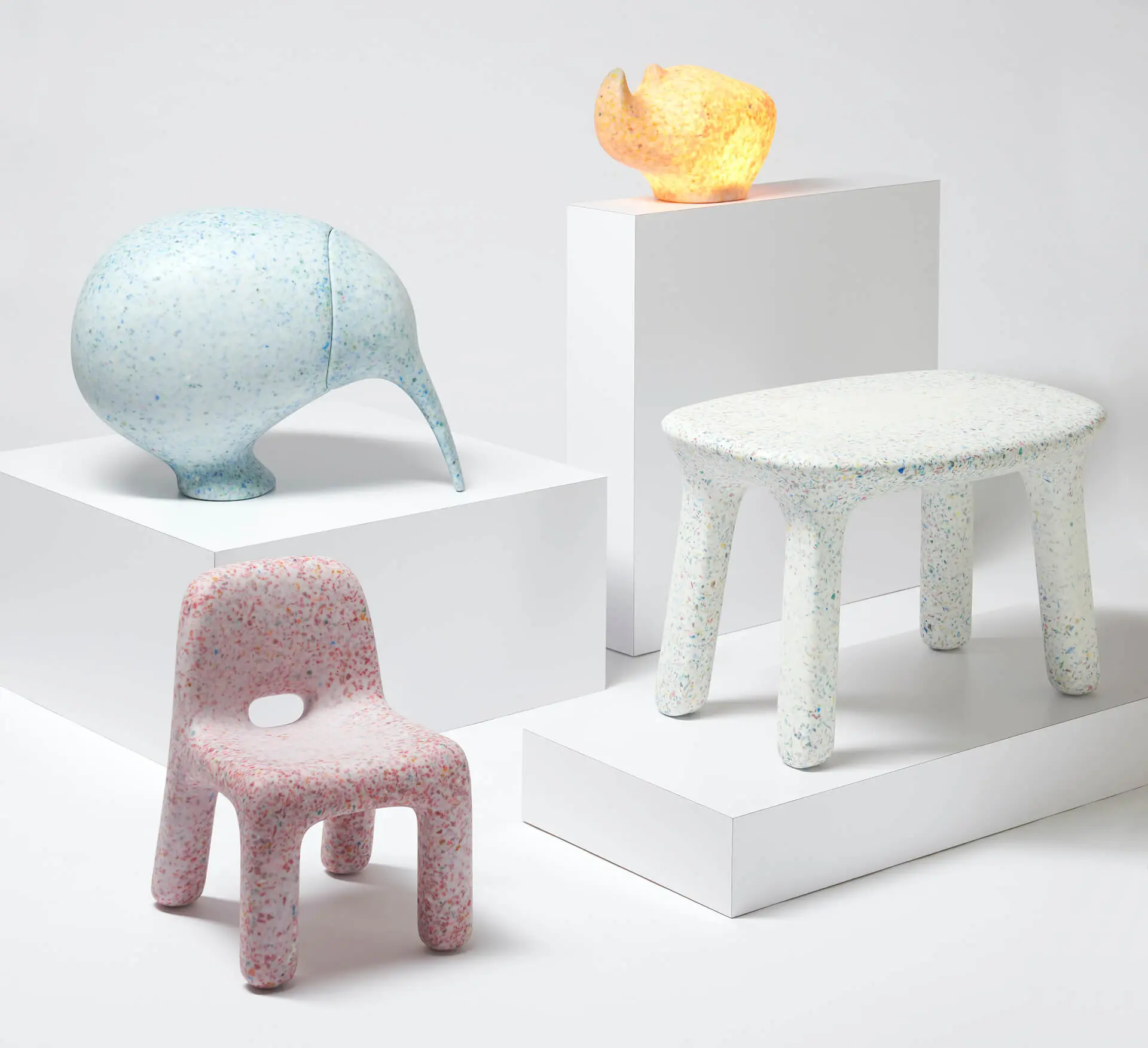
Could you tell us more about the design process behind your products?
Vanessa Yuan and Joris Vanbriel:
“ecoBirdy’s debut collection is the result of two years very intense research about plastic, plastic toys and their recyclability. It was an exciting journey to merge our knowledge of design with new technologies in recycling and plastic production, such as 3D printing.
For Charlie Chair and Luisa Table, the first idea was to make a functional and ultra-comfortable furniture-set for kids. It took us much effort on the particular ergonomics and usability of kid’s products to make the furniture set kids proof.
Secondly, we wanted the look of our kid’s furniture to match an elegant and modern interior design. The shape of our chair and table are visually recognized by their functions, a comfortable seat and an easy-to-use table. We have decided not making cartoon figures or neither applying oversaturated colours.
About the Rhino Lamp and Kiwi Container, the idea was to draw attention to the extinct animal species. The shapes are rather abstract and subtle. It means to keep imagination for the users and avoid the link to animal specimen displays.”
[ Looking for innovative uses of repurposed plastic? Read the sustainable case study by Plasticiet ]
Social and environmental responsibility is important to us. It makes part of our design process to collect discarded plastic toys. We could have shown kids some images of plastic floating in the sea, but it wouldn’t be so touching for them as we tell them about the toys, something they know very well.
The storybook “Journey to a new life” is inspired by real-life and research data. It is not only a story about waste, but a story about facing a problem and finding a solution process.
We really hope besides the aesthetic and functionality, the entire story of ecoBirdy could inspire in the younger generation the concept of circular design and sustainability. We believe we need to start from the youngsters, it is important to change the future they would be lived in.”
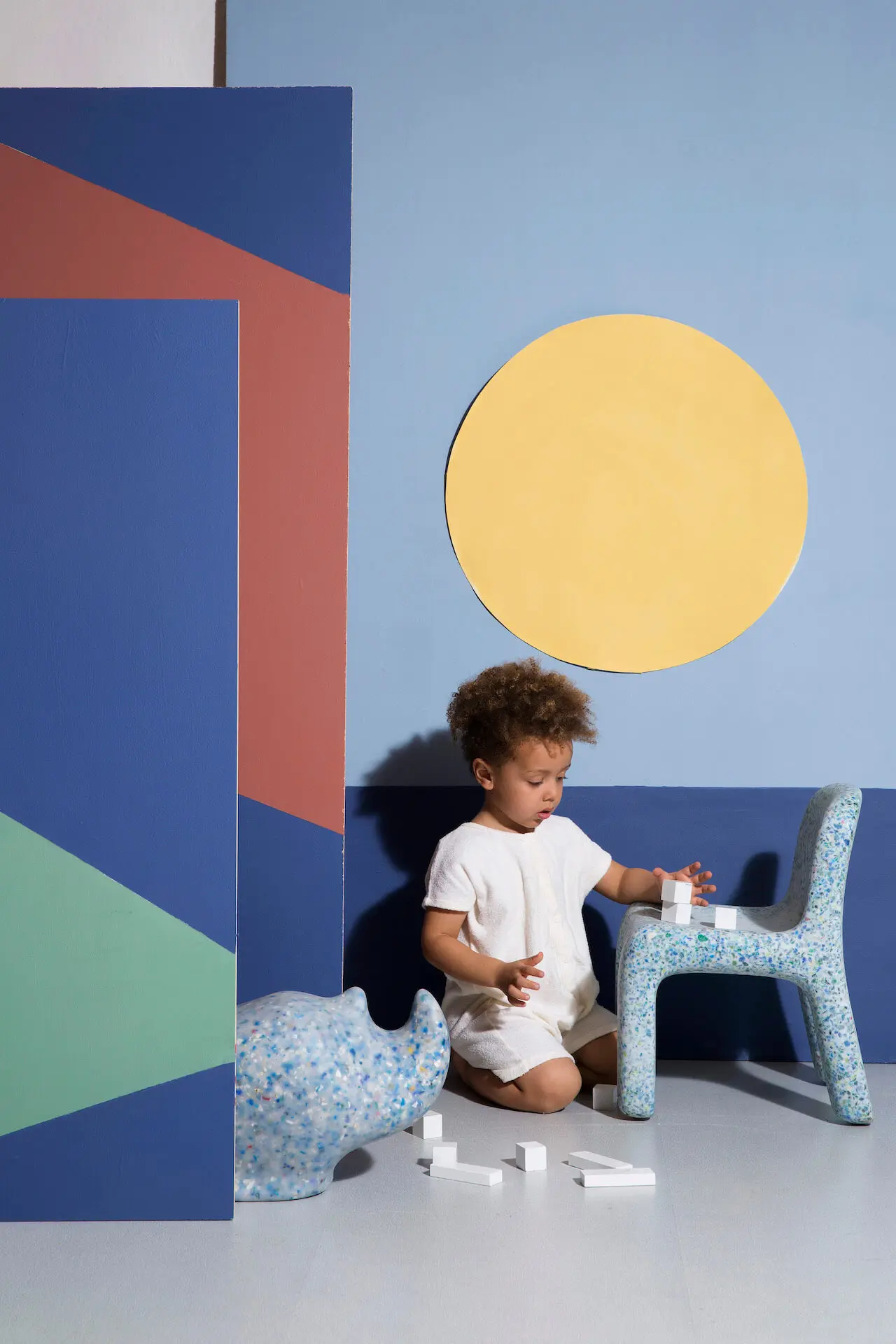
In your experience, is the establishment of a sustainable furniture industry properly supported by institutions?
Vanessa Yuan and Joris Vanbriel:
“We are seeing more initiatives such as sustainable design awards to recognize initiatives such as ours. This is a very good thing and draws attention among established institutions on sustainability. Despite the emerging attention, the benchmarks are not always clear to compare.
What makes a piece of furniture sustainable and to what extent? This is something we will likely watch evolve into a measurable model. In the meantime, we set our own standards in order to produce a product that is as sustainable as possible.
To prove ecoBirdy’s good intentions and build credibility, we became a B Corp certified company. This means we are verified by an external non-profit organization on social and environmental performance.”
Could you walk us through your latest project Coral blanket, and the use of new materials?
Vanessa Yuan and Joris Vanbriel:
“With the Coral Blanket we wanted to make a meaningful blanket made of recycled cotton. It follows the same principles as our furniture made from plastic waste.
We hereby deal with the problem of discarded clothing and reducing the amount of valuable material in landfills and reducing the extra C02 caused by incineration. By the recovery of discarded cotton, there is no need to produce new cotton which saves thousands of litres of water and no need for extra dyeing.
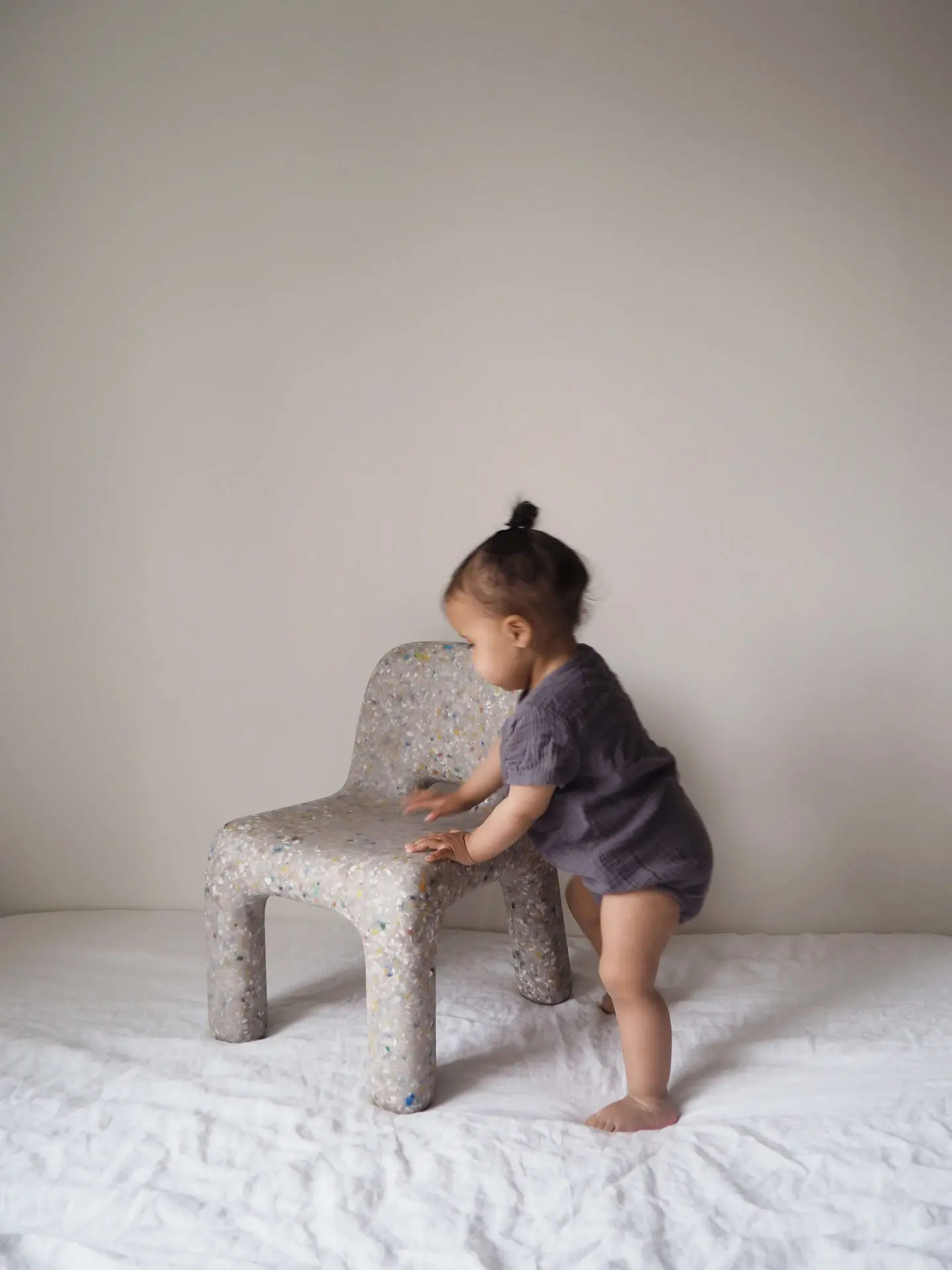
As a result, the appearance (look) of the material shows similarities with the furniture made of recycled plastic. Small colored specks that remind of the previous products. This makes each product a little different and unique.
In the production of the blanket, we went one step further and a specially knitted 3D-texture was designed as a reminiscent of corals in the ocean. The ripples form a pleasant tactile element and stimulate the sense of touch.
An additional advantage is that the air is better retained, thereby providing insulation. We choose to produce it locally in Belgium by a historical knitting specialist.”
[ Are you trying to turn your company into a fully sustainable practice? Sustainable Furnishings Council will be your best ally ]





